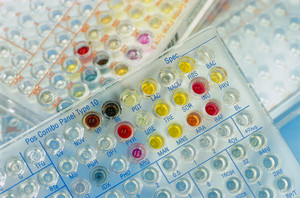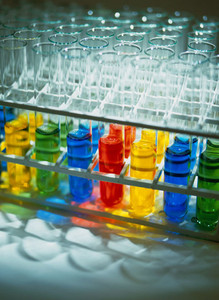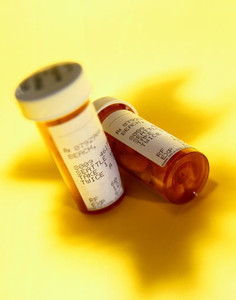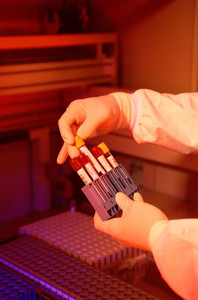The New Zealand pharmaceutical management agency, PHARMAC, expects to save NZ$24 million (US$17.1 million) over the next five years following price reductions for certain antipsychotic drugs. The agency intends to use the savings to fund other medicines.
New Zealand expects big savings with generic quetiapine
Home/Policies & Legislation
|
Posted 17/09/2010
 0
Post your comment
0
Post your comment

PHARMAC’s decision to fund the Dr Reddy’s brand of the antipsychotic medicine quetiapine adds a third option to the existing two brands of quetiapine: Quetapel and Seroquel.
The New Zealand reference pricing system will also cause the reimbursement price of one of the existing drugs on the market, Seroquel, to be reduced. This could cause patient co-payments to increase unless the manufacturer, AstraZeneca, decides to adjust the price.
About 34,000 people a year take quetiapine, which is used to treat schizophrenia and other psychotic illnesses and is occasionally prescribed as a sedative. PHARMAC expects any change in brands for patients taking quetiapine to be manageable.
“The savings are important to help PHARMAC manage overall pharmaceutical spending”, says PHARMAC Medical Director, Dr Peter Moodie.
Reference
PHARMAC Media Release. Funding change for mental health medicine to save $24 million. 30 August 2010.
Guidelines
New guidance for biologicals in Pakistan and Hong Kong’s independent drug regulatory authority
Canada poised to remove requirement for Phase III trials for biosimilars
ANVISA tackles 24-month backlog in biologicals post-registration petitions

Home/Policies & Legislation Posted 10/10/2025
US EO: delivering Most-Favored-Nation Prescription Drug Pricing to American patients

Home/Policies & Legislation Posted 03/10/2025
Uruguay to establish independent AUVISA drug agency for healthcare reform

Home/Policies & Legislation Posted 17/09/2025
The best selling biotechnology drugs of 2008: the next biosimilars targets







Post your comment